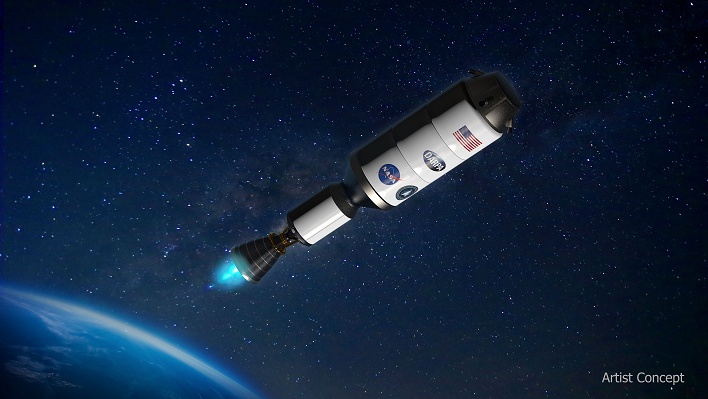NASA And DARPA Plan Nuclear Thermal Rocket Test To Finally Put Humans On Mars
NASA has made its intentions to put humans back on the Moon, and eventually Mars, with its Artemis program clear. The space agency believes that utilizing a nuclear thermal rocket will allow for faster transit times, and in turn reduce risks to astronauts, as longer trips would require more supplies and more robust systems.
Bill Nelson, NASA Administrator, remarked, "NASA will work with our long-term partner, DARPA, to develop and demonstrate the advanced nuclear thermal propulsion technology as soon as 2027. With the help of this new technology, astronauts could journey to and from deep space faster than ever, a major capability to prepare for the crewed missions to Mars."

During that time, Jim Reuter, Associate Administrator of NASA's Space Technology Mission Directorate (STMD), stated, "While NASA's immediate priority is returning humans to the Moon with the Artemis program, we are also investigating in 'tall pole' technologies that could enable crewed missions to Mars."
STMD will head up the technical development of the nuclear thermal engine to be integrated with DARPA's experimental spacecraft. DARPA will act as the contracting authority for the development of the entire stage and the engine, which includes the reactor. NASA states that DARPA will lead the overall program including such things as rocket systems integration and procurement. NASA and DARPA will work together on the assembly of the engine ahead of an in-space demonstration as early as 2027.
Dr. Stefanie Tompkins of DARPA, stated, "The space domain is critical to modern commerce, scientific discovery, and national security. The ability to accomplish leap-ahead advances in space technology through the DRACO nuclear thermal rocket program will be essential for more efficiently and quickly transporting material to the Moon and eventually, people to Mars."

